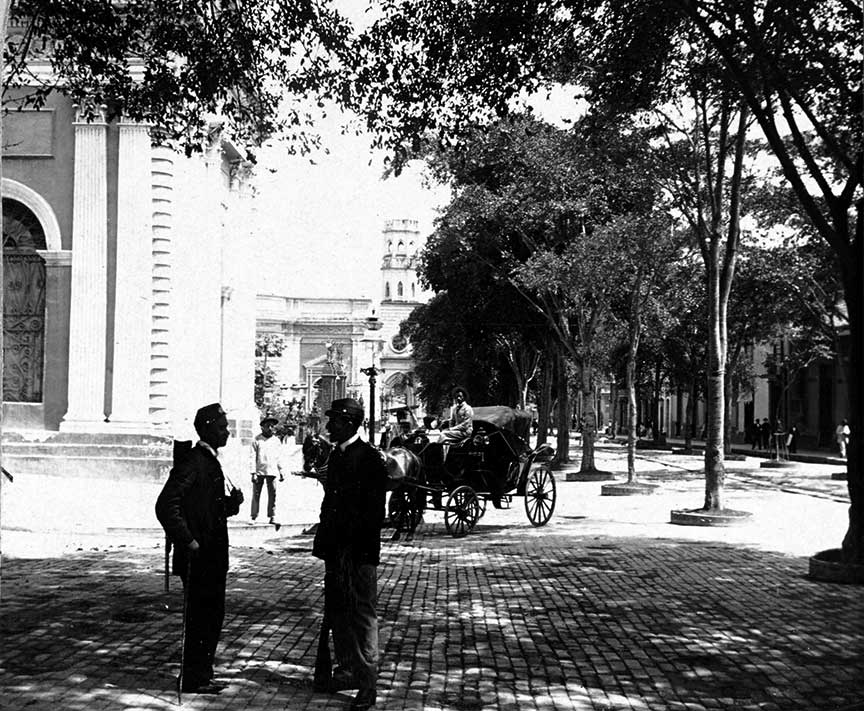1957 -

Caracus
The military dictatorship in Venezuela was ousted in 1957. Large scale rioting led to its fall.
The fall of the military dictatorship in Venezuela in 1957 marked a significant turning point in the nation's history, characterized by widespread unrest and a demand for democratic governance. The dictatorship, led by General Marcos Pérez Jiménez, had ruled the country with an iron fist since 1952, imposing severe restrictions on political freedoms and civil liberties. Under his regime, the government engaged in widespread corruption and repression, leading to growing discontent among the Venezuelan populace. This discontent reached a boiling point in 1957 when large-scale rioting erupted across the country, signaling the population's frustration and desire for change.
The riots that led to the fall of the dictatorship were driven by various factors, including economic hardship, political repression, and a lack of basic human rights. The middle class, intellectuals, labor unions, and students played a pivotal role in the protests, uniting in their opposition to Pérez Jiménez's regime. The regime's attempts to suppress the unrest with brutal force only intensified the resistance. Citizens took to the streets in massive numbers, demanding an end to the dictatorship and the establishment of a democratic government. The protests were marked by significant clashes between demonstrators and security forces, leading to numerous casualties and widespread chaos.
As the riots intensified, Pérez Jiménez's hold on power weakened. The military, which had been a key pillar of his regime, began to fracture as some officers sided with the protesters. Recognizing that his position was untenable, Pérez Jiménez fled the country on January 23, 1958, seeking asylum in the Dominican Republic. His departure marked the end of the military dictatorship and paved the way for the establishment of a provisional government. This transitional period eventually led to democratic elections and the restoration of democratic governance in Venezuela.
 >
>